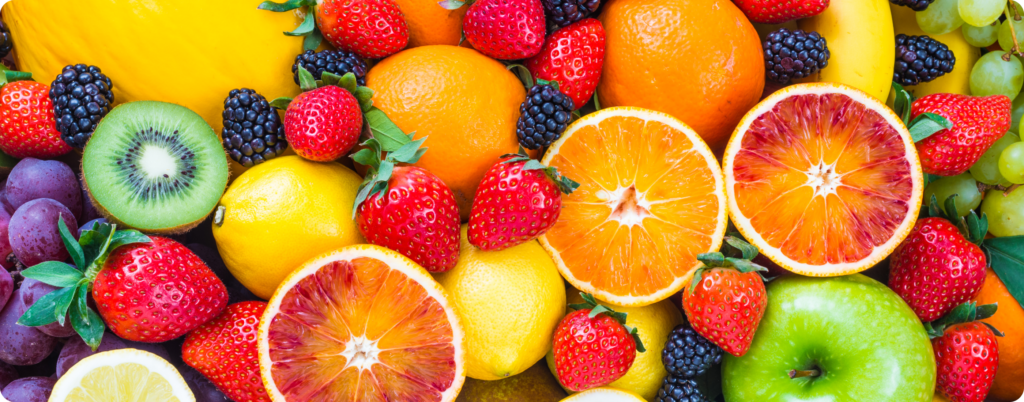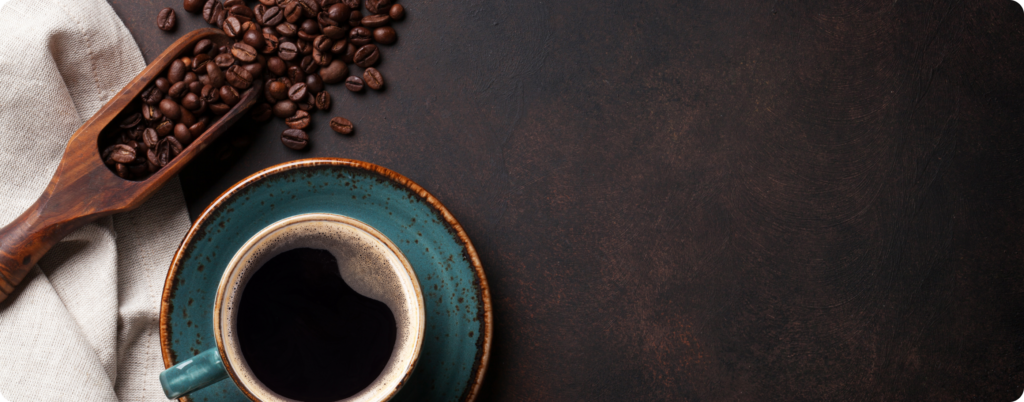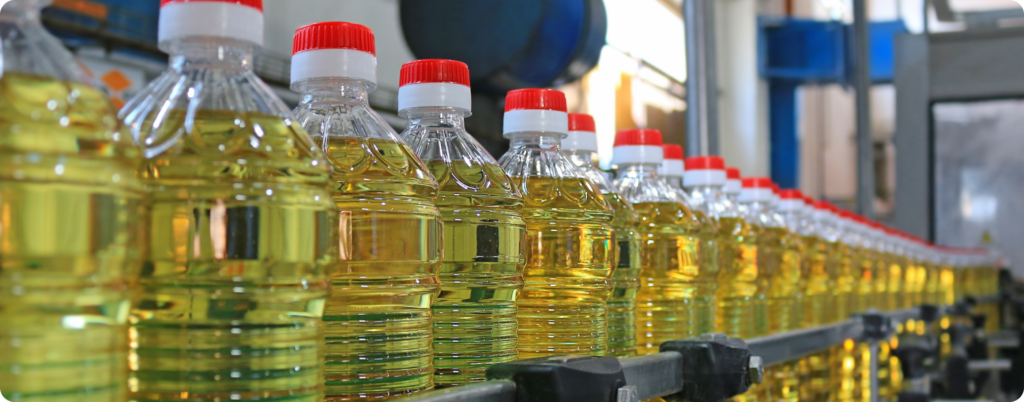PLEASE NOTE: The information in this blog is for educational purposes only. It is not a substitute for professional medical advice. Consult your healthcare provider if you’re seeking medical advice, diagnoses, or treatment.
Are you looking to try an animal-based diet but need help knowing where to start? Or you’re well on your way but need some variety in your diet. Either way, you’re in the right place.
This article will walk you through the animal based diet food list and numerous other resources to help you fine-tune your diet and thrive.
Off we go!
What is an Animal-Based Diet?
Simply put, an animal-based diet consists of meat, organs, fruit, honey, raw dairy, and other foods that have been cherished for thousands of years.

Three simple characteristics can describe the animal-based diet:
- Prioritize well-raised meat, organs, and other animal products
- Focus on eating low or medium-toxicity carbohydrates (more on this below)
- Eliminate highly processed foods
Easy enough!
The Animal Based Diet Food List: Keep This In Mind…
The animal based diet food list is divided into three categories: low, medium, and high toxicity. You may have items in the low toxicity category that don’t agree with your digestive system and others in the high toxicity category that do.
The term toxicity is not meant to scare you, but the goal is to highlight that some foods can harm your body if over consumed. In particular, we suggest avoiding seed oils, artificial sweeteners, and other highly processed foods.
It’s also important to know that some plant foods contain defense chemicals that may contribute to autoimmunity, joint pain, and digestive issues if over-consumed or prepared improperly (1, 2, 3).
There is no exact formula to follow. Everyone has a different health background. Your tolerances and preferences will likely differ from others following an animal-based diet. Be honest with yourself, listen to your body, and make adjustments as you see fit.
Our ultimate goal is to help you regain health and lead a happy, fulfilling life. Your diet is just one component to consider, but it’s extremely impactful.
Let’s take a closer look at our animal based foods list!
Low Toxicity Foods
The bulk of the animal-based diet will consist of these nutrient-dense foods.
Animal Proteins: Prioritize any cut of meat from ruminant animals like cows, deer, sheep, goats, or wild game. Organ meats such as liver, heart, kidney, thymus, tongue, testicle, and bone marrow are also encouraged.
Pasture-raised or corn & soy-free eggs
Dairy: Dairy can be a valuable addition to your animal-based diet. It’s an amazing source of vitamins and minerals like calcium, magnesium, and iodine (4).
A1 or A2 dairy (A1 casein is found in most cows’ milk in the United States. The A2 variant is present in the milk of a small percentage of US cows and other animals like buffalo, goats, and sheep and can be easier to digest (5). Human breastmilk is also A2 (6).
Popular dairy products: cheese, yogurt, kefir, cottage cheese, sour cream, whipping cream
Fruit: Almost every fruit (fresh, frozen, or dried) is acceptable on an animal-based diet. Ideally, the fruit will be organic and grown locally.

Sweet fruits: berries, apples, oranges, pineapple, pears, melons, bananas, mango, dates, etc.
Non-sweet fruits: zucchini, squash, pumpkin, cucumber, avocado, olives
Fat Sources: Butter, Tallow, Ghee, Suet, Lard
Sweeteners: Raw Honey, Organic Maple Syrup, Agave Syrup
Herbs/Spices: Salt, Rosemary, Basil, Cilantro, Thyme
Beverages: Filtered Water, Fresh-Squeezed Fruit Juice, Bone Broth, Coconut Water
Medium Toxicity Foods

This section is where you’ll find foods such as fermented vegetables, grains like white rice, and other plant foods that many animal-based dieters choose to include but some can’t tolerate.
Animal Proteins: Limit meat from monogastric animals (like pork & chicken), as these are generally fed corn, soy, and other potentially problematic inputs.
Wild-caught seafood can have issues like contamination with heavy metals, microplastics, or antibiotics. So, fish must be sourced carefully.
Fruit: Rhubarb & Starfruit (High in Oxalates)
Vegetables & Grains: Sauerkraut, Pickles, Sweet Potato, Yams, Carrots, White Rice, Sourdough Bread
Fat Sources: Avocado Oil, Olive Oil, Coconut Oil, Palm Oil, Dark Chocolate
Herbs/Spices: Rosemary, Thyme, Basil, Oregano, Dill, Mint, Parsley, Ceylon Cinnamon, Coconut Aminos
Beverages: Coffee, Tea
High Toxicity Foods
We suggest avoiding the foods from this section as much as possible. You may thrive with kale or onions in your diet; that’s fine!
Again, the main focus is avoiding highly processed foods like seed oils and artificial sweeteners.

Vegetable & Seed Oils: Canola, Corn, Soybean, Rapeseed, Cottonseed, Safflower, Peanut, Rice Bran, Soy, etc. We suggest avoiding these oils completely.
Vegetables: Kale, Broccoli, Cauliflower, Brussels sprouts, Cabbage, Horseradish, Radishes, Watercress, Bok Choy, Cassava, Beets, Onion, Garlic
Grains: Wheat, Corn, Oats, Millet, Quinoa, Brown Rice, Millet, Amaranth, etc.
Nuts: Almonds, Walnuts, Cashews, Macadamia, Brazil, etc.
Seeds: Chia, Flax, Sunflower, Pumpkin, Quinoa, Hemp, Sesame, etc.
Legumes: Peas, Green Beans, Soybeans, Kidney Beans, Lentils, Peanuts, etc.
Nightshades: Tomatoes, White Potatoes, Eggplant, Peppers, Chili Peppers, Goji Berries
Artificial Sweeteners: Sucralose, Aspartame, Stevia, Monk Fruit, etc.
Herbs/Spices: Turmeric, Pepper, Cardamom, Cumin, Coriander, etc.
Highly Processed Foods: Sodas, Pastries, Chips, Pretzels, Pizza, Cereals, Candies, etc.
The Animal-Based Diet Made Simple…
There you have it! Transitioning to a new way of eating can be challenging, but this animal-based foods list should help you get started or add some variety to your current routine.
Download the full animal based diet food list PDF for a printable animal based grocery list and other resources to help you reach your goals!
While every journey looks different, these principles can help you thrive and reclaim your health. Hundreds of thousands of people have used the animal-based diet to lose weight, improve their autoimmune symptoms, and boost their fertility.
Subscribe to future articles like this: